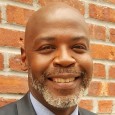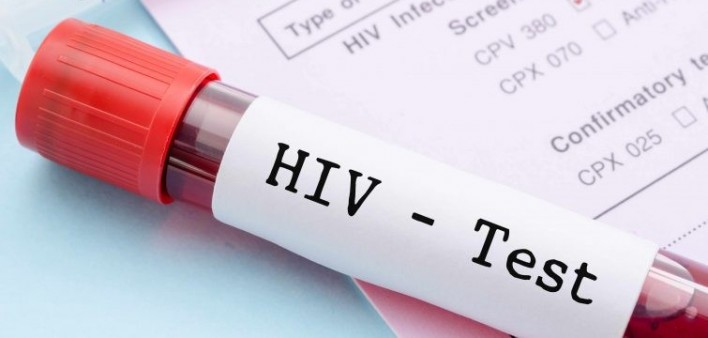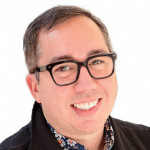For the next three blogs I plan to dedicate it to the issue of seniors and how that community is impacted by HIV. In the first post, I want to share general insights of the way seniors are often ignored when it comes to prevention and treatment. My second blog will look at the medical professional roles as it relates to HIV and aging and what they can do differently as to stem the rising rates of HIV among seniors. And last I will share a blog which provides seniors concrete ways they can advocate for their own HIV care.
A recent story was shared with me of a senior and her experience with her doctor. She was feeling sick and it seemed the treatments the doctors were recommending were not working. She knew there was something going on but it was a mystery to all. Finally, someone recommended she asked for an HIV test. The senior had to ask her doctor twice before a nurse intervened and advocated on her behalf. The doctors reasoning for not testing her were that he felt she was in the non-risk age of getting the disease. It was shared that perhaps he also didn’t think she was sexually active based on her age. In the end, she was able to get an HIV test and when she finally received the results of her test she had some sad news. At the age of 67, she learned that she had HIV.
Her story is not rare as this is the story of many seniors and especially their relationship with their primary doctor. When it comes to the medical community and seniors, there is a huge misconception which is placing many seniors’ lives at risk. Like the woman’s doctor, many medical providers are under the misguided notion that seniors are not having sex. And based on this misinformation, seniors are often not provided prevention information to keep themselves safe and worse, not providing routine HIV testing. With no access to testing, seniors are finding out their status when the disease has already started to progress.
A recent report titled New York State Ending the Epidemic-Older Adults (50+) and HIV, stated that the largest growing HIV-infected population is adults age 50 and older. In 2013 these older adults comprised 50% (49.8%) of the entire HIV-infected population in NYS. That percent will continue to rise. It goes on to share that unfortunately, older adults who are newly diagnosed with HIV are more often likely to be concurrently diagnosed with AIDS. The likelihood of receiving an AIDS diagnosis increases with age and may be indicative of inadequate testing efforts that target older populations.
So who’s at fault when 1 in every 6 new HIV diagnoses in NYS alone occurs in older adults?
It’s easy to point the fingers simply at the medical community but that would be a mistake as doctors are not the only ones who cast a blind eye to seniors. Society in general, casts a blind eye to the concerns and lives of seniors and within the gay community, ageism is magnified. Today’s HIV prevention efforts are mainly directed to the younger demographic. HIV non-profit organizations, state and city health organizations and even pharmaceutical companies are complicit in ignoring the plight of seniors. Ask yourself, what was the last HIV ad you saw with someone who had grey hair? Or a brochure handed out by a non-profit which had a senior’s face. And why don’t senior centers themselves offer free condoms or dental dams to their constituents? Although stats say that young people are more at risk, those same stats reports that seniors are fast approaching the risk range.
Promoting the health of seniors is not sexy. That’s almost what it seems like. It’s sad to know as we age we get more invisible and issues are cast aside. When it comes to HIV there’s a more alarming thought process as it may be reasoned, seniors are near their death beds, so if they get HIV, why provide resources to them.
Looking at the issue of blame, it can also be circled back to seniors who either don’t advocate to be tested are also under the false idea that they are no longer at risk based on their age. When you peel back the sexual lives of seniors, it’s easy to see why rates are rising.
In the previously mentioned report, staff in assisted living and long-term facility acknowledges that sexual activity occurs with frequently. And similar to a prison setting, condoms are not provided as it will promote the behavior. Yet, senior homes are not prisons and it’s unwise to rule out any protection. Even PrEP, a tool to lessen the risk is rarely promoted to those living in senior homes.
To reduce the numbers of seniors becoming exposed to HIV work has to be done in which testing becomes part of a senior’s everyday visit to their doctor. Information about HIV and seniors has to be made and distributed to their settings. And training of how to talk to seniors about HIV should be part of all HIV non-profits, the medical community, geriatricians, internal medicine physicians, social workers and anyone who provides senior care.
In my next blog I’ll share some practical ideas on how senior citizen providers can address this communication gap and have conversations about HIV with their population.
Be great to hear from others on what their thoughts are about this topic.








6 Comments
6 Comments